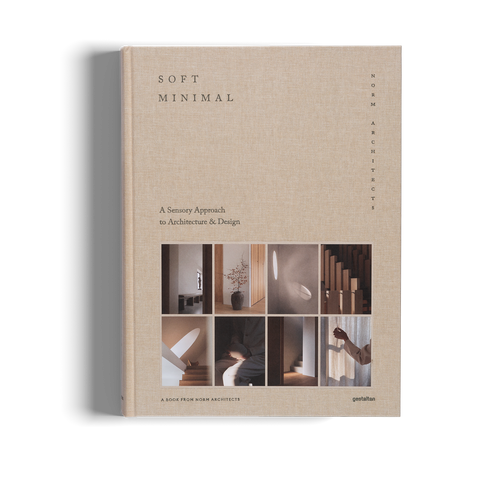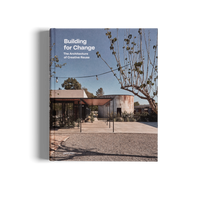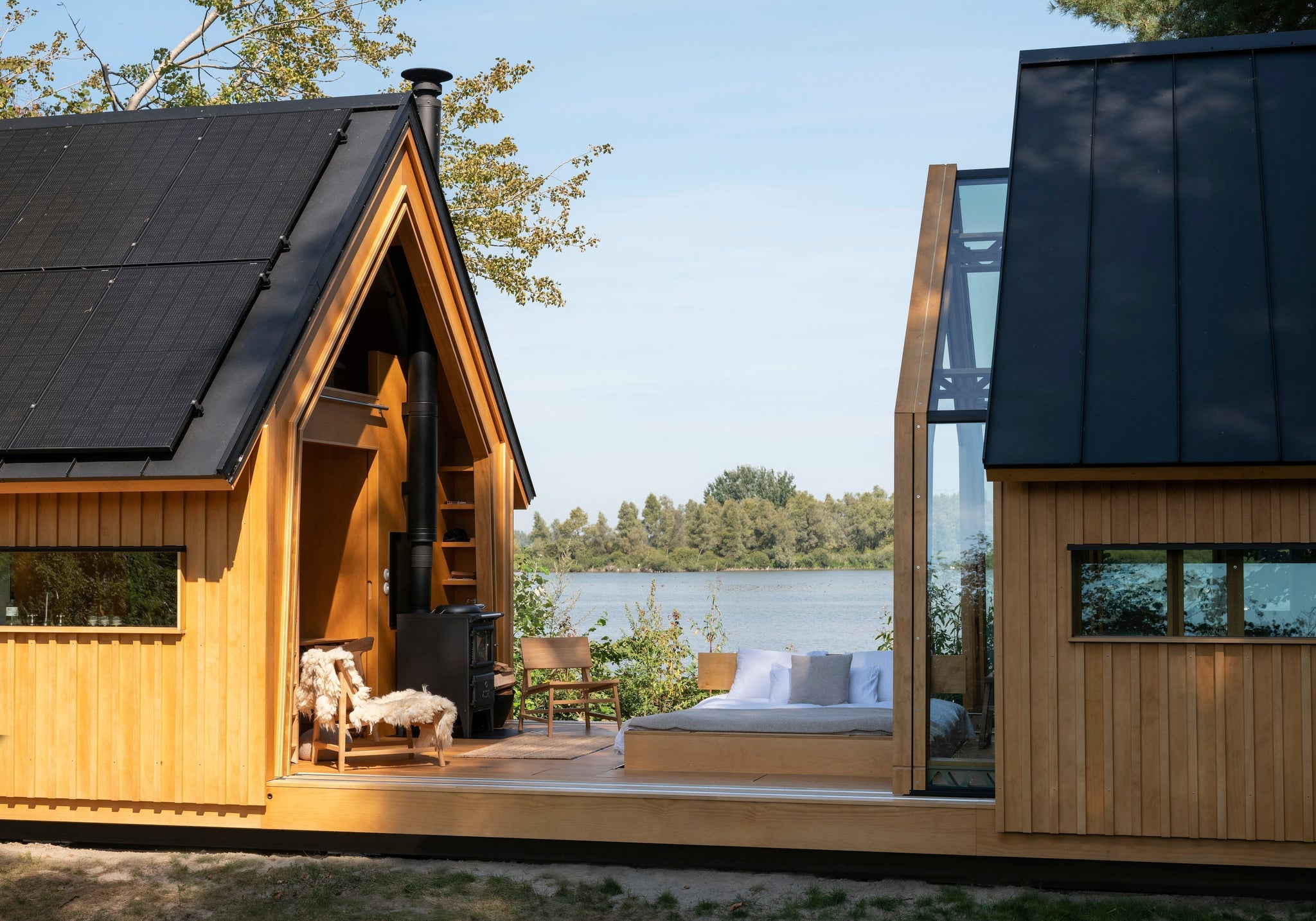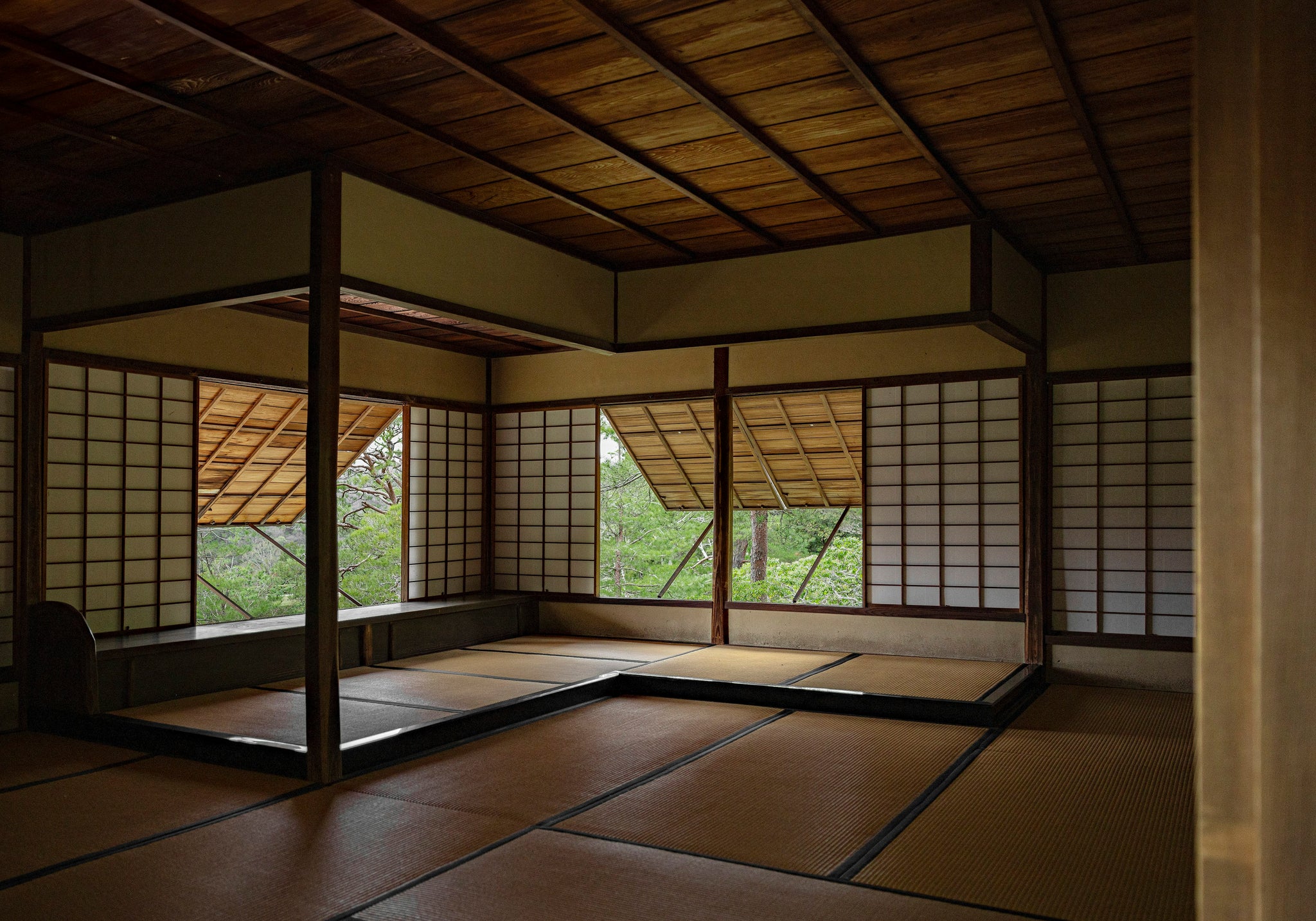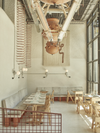
08/2022 architecture & interior
The climate emergency has brought to the fore the problematic consequences of short-sighted architectural approaches, forcing us to re-evaluate available resources, and break the cycle of ceaseless consumption and waste. In its place is a renewed enthusiasm for the creative adaptation and reappropriation of existing structures at different scales.
Reuse might seem to present a series of limitations to creative freedom, but such constraints can provoke much richer and more imaginative responses, ones that in no way diminish the overall quality of the architecture produced as a result.
Lucas Muñoz’s aim in designing the MO de Movimiento restaurant (formally a recording studio), was to create a space that celebrates processes of upcycling, which considered whole-life energy costs, rather than imposing predetermined designs from the outset. The scheme was developed through a strategy of improvisation and experimentation, testing, reinterpretation, and reflective critique. Each design decision was considered in terms of sustainability, with no work undertaken for aesthetic reasons alone.
To help orchestrate the innovation that drives this project, designer Muñozemployed his previous experience in transforming industrial steel ventilation pipes and scrap metal into high-end chairs, to help others identify the opportunities and processes for material reuse within their work. The project engaged with local artisans to support training initiatives that encouraged those who face barriers to the job market to develop new skills, enabling them to form working relationships within the industry.

(Photo: Courtesy of Gonzalo Machado, Building for Change)
Some of the resulting creations include a heating system that pumps hot water from the restaurant's two pizza ovens via copper piping that curves sculpturally throughout the space. This is complemented by a series of terracotta pots suspended from the ceiling, fired using a 500-year-old underground oven, which acts as an adiabatic cooling system.
The original building fabric has been stripped back to reveal traces of its previous incarnation, opening up enclosed spaces to form a courtyard. Internally, the need to upgrade the building fabric to meet current standards regarding fire spread is celebrated in the rough finishing that leaves the flame-retardant coating exposed, providing a newly tactile character to the space. Nearly two tonnes of construction rubble from renovating the recording studio (previously the Espronceda Theatre) was reconstituted to form thick panels. In combination with concrete blocks and reclaimed timber from the theatre's sprung floor, these panels have been deployed as the seating for the restaurant.

(Photo: Courtesy of Gonzalo Machado, Building for Change)
Mo de Movimiento’s sustainable credentials extend beyond the materials used for its innovative interiors. Behind the scenes during the renovation, consultation with a sustainability team prompted an ethos of “conscious consumption.” Their research generated insight into the embodied energy and supply chain of each component, which considered the suppliers energy consumption at their production plans, and even the working conditions to ascertain their social sustainability. As such, Muñoz’s creation is not only an example of good design, but sets a precedent for many forms of sustainability, too.
Innovative solutions are being developed which find value in the buildings that have been left behind. These approaches restore and adapt our current building stock to fulfill new purposes more aligned with the current social and economic climate. Minimizing waste by employing the materials from their deconstruction instead of using new products, and designing buildings that avoid obsolescence by creating structures that can be readily repurposed for alternative uses, thereby extending their useful lifespan. Discover more about this movement, in Building for Change.

